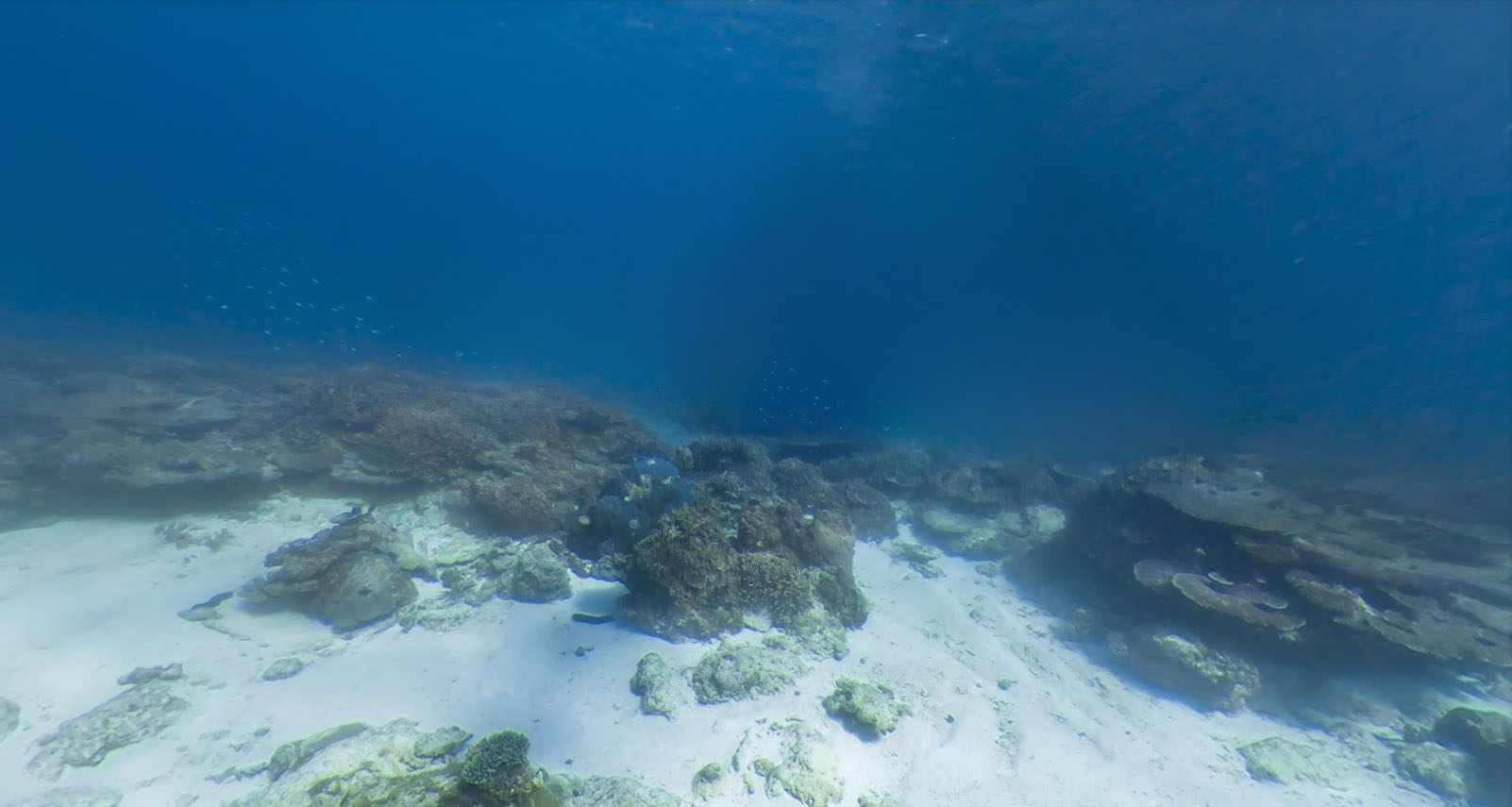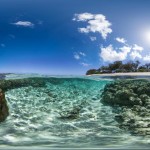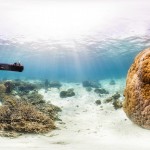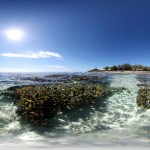The first time I came to know about the Great Barrier Reef was through, of all things, a video game.
It was the first game in a series of games featuring the namesake character, Ty the Tasmanian Tiger. Developed by Krome Studios, the very first Ty the Tasmanian Tiger game had a series of levels set in the Great Barrier Reef. These levels were bursting with colour, and as a first-time gamer, I was enthralled by the multitudes of rainbow-coloured fish that swam in schools everywhere I looked. I was thrilled by the coral and the clear waters (although I was much less thrilled by the inexplicably hostile sharks, homing sea mines and oversized groupers, all of which were out to get me).
That was the closest that I would ever get to the Great Barrier reef. That is, until today.
In 2012, a group of scientists began a daring endeavour. Starting from the Great Barrier Reef, the Catlin Seaview Survey, sought to and succeeded in surveying “150km of reef… with [the] SVII Camera, and now 105,000, GPS located, panoramic images are currently being analysed by marine scientists around the globe” (Catlin Seaview Survey, n.d.). Several publicly available images from the survey have been compiled below. (Click on the images for a better look.)
“To scientifically record the world’s coral reefs and reveal them to all in high-resolution, 360-degree panoramic vision.”
– The Mission of the Catlin Seaview Survey –
Working in concert with technology giant Google, the Catlin Seaview Survey was able to bring interactive ‘virtual dives’ to everyone with a working internet connection. Such dives can be accessed on Google Views, as well as the Catlin Seaview Survey site itself. It goes without saying that these virtual dives beat an early 2000’s video game rendering of the Great Barrier Reef by several lightyears.
Still, nothing can quite best the actual experience itself.
According to the Australian Government’s Great Barrier Reef Marine Park Authority (GBRMPA), there were more than one million full-day tourist visits to the Great Barrier Reef from the years 2012 to 2013 (GBRMPA). Note that this figure does not take into account other kinds of trips, such as trips that last less than one day. To accommodate such a massive number of visitors and keep them entertained, facilities such as underwater observatories have been constructed to compliment existing activities such as diving and snorkeling.
But the Great Barrier Reef is much more than just a tourist attraction: it is home to 1,800 species of fish (National Geographic, 2011), along with 134 species of sharks and rays, one third of all the soft corals in the entire world and six of seven endangered turtle species spread out over 2,900 individual reefs. And we’re not even counting the other species of marine mammals (like the dugong), molluscs, starfish and crustaceans (WWF Australia, n.d.).
Beyond being a home for wildlife, the Great Barrier Reef is also inextricably connected to aboriginal people groups who have inhabited its many islands for over 60,000 years. In fact, for these Aboriginal and Torres Strait Islander people, the Reef is more than just a home. Their cultures have long used the reef as a means of survival, for practicing their religion and to further their unique traditions (GBRMPA, 2004).

It isn’t hard to see just how captivating this place is. To put things into perspective, the Great Barrier Reef was so captivating that, even through a video game which barely did justice to its immense natural beauty, it managed to become part of a 10-year-old Singaporean child’s imagination which, until today, still lingers.
Sadly, though memory may remain, the Great Barrier Reef might not.
Going back to the virtual dives I took that were made possible by the Catlin Seaview Survey’s work, I was stunned by the sheer lack of colour. This was not the Great Barrier Reef my video game had promised me, where colour was perhaps the only word that could singly and fully describe its beauty. This Reef was dying, its coral lay strewn about, like bones that had been picked clean by animals, across a lifeless seabed quite devoid of fish. If this trend occurs across all 2,300 kilometres of the Great Barrier Reef, an unprecedented number of marine species will go extinct.

Extinction is forever. And forever is an unacceptably long time. For us, time is running out, and if we let it slip through our fingers, perhaps the only way we will ever get to see the Reef again, in paltry, sorely lacking fractions of its former glory, is through video games.






